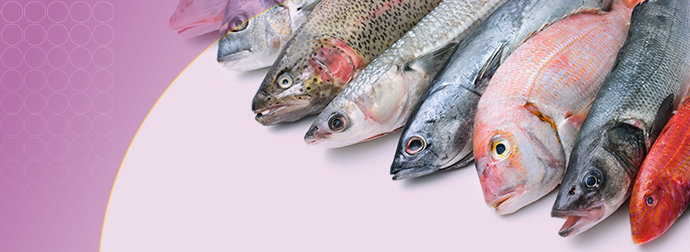
Recent news in Food & Feed Analysis
- Home
- /
- Fish fraud: Lesson learned?
Fish fraud: Lesson learned?

Last year, a study on food fraud attracted attention in Europe: one out of three fish dishes wasn’t what is said on the menu. Consumers and authorities were alarmed and called for stricter controls. What has been achieved so far?
It didn’t spark an outcry like the one over the horsemeat scandal, but the study on mislabeled fish conducted by the “Oceana” institute did attract a great deal of attention. The analysis of fish samples from more than 150 restaurants and canteens in Brussels revealed that the fish served was not the fish mentioned in the menu in 31.8 % of the cases (as we reported earlier).
EU project „Labelfish“ for improved fish labeling
Even though the results were alarming, the problem wasn’t new. Already in 2012, studies indicated that almost 40 % of fish consumed within the EU was not the species advertised. As a consequence, the EU initiated the „Labelfish“ project in order to improve labeling and traceability of fishery products. The project resulted in the EU regulation 1379/2013 which came into force on 13 December 2014 and requires fishery products to be labeled with both the commercial name and the scientific name. Moreover, the production method (e.g. aquaculture, freshwater fishing), the fishing gear (e.g. hook, trap, trawl) and the fishing area must be labeled.
The „Labelfish“ project made an impact: a study carried out in 2015 showed a significant decrease of mislabeling. According to the study, 1563 samples from six European countries have been analyzed and only 4.93 % were found to be mislabeled. However, the analysis only included fish products sold in supermarkets. The problem apparently still exists in restaurants and canteens.
US initiative against illegal, unreported and unregulated fishing (IUU)
In the USA, mislabeled fish is also a big problem. Last April, the journal Conservation Biology published a study which examined more than 300 samples from 26 sushi restaurants in Los Angeles over a period of 4 years. The study found that 47 % of the fish samples were mislabeled. Halibut, red snapper and yellowfin tuna had particularly high occurrences of mislabeling. The study indicates that the situation did not improve in recent years – despite stricter regulations following the “Initiative on Combating Illegal, Unreported, and Unregulated (IUU) Fishing and Seafood Fraud” which was initiated by former US President Obama in 2014.
Fish remains among the most counterfeited foods. A particular problem is the long production chain from catching to filleting, processing and selling which often includes several intermediaries from different countries. Modern technologies can help to combat food fraud. For example, PCR tests for fish authentication allow authorities to detect mislabeling. And the so-called block chain technology could contribute to greater transparency and traceability of fishery products in the future.
Do you want to learn more about fish authentication and species identification? We offer fast and precise PCR tests for the identification of fish species and will be happy to support you.

